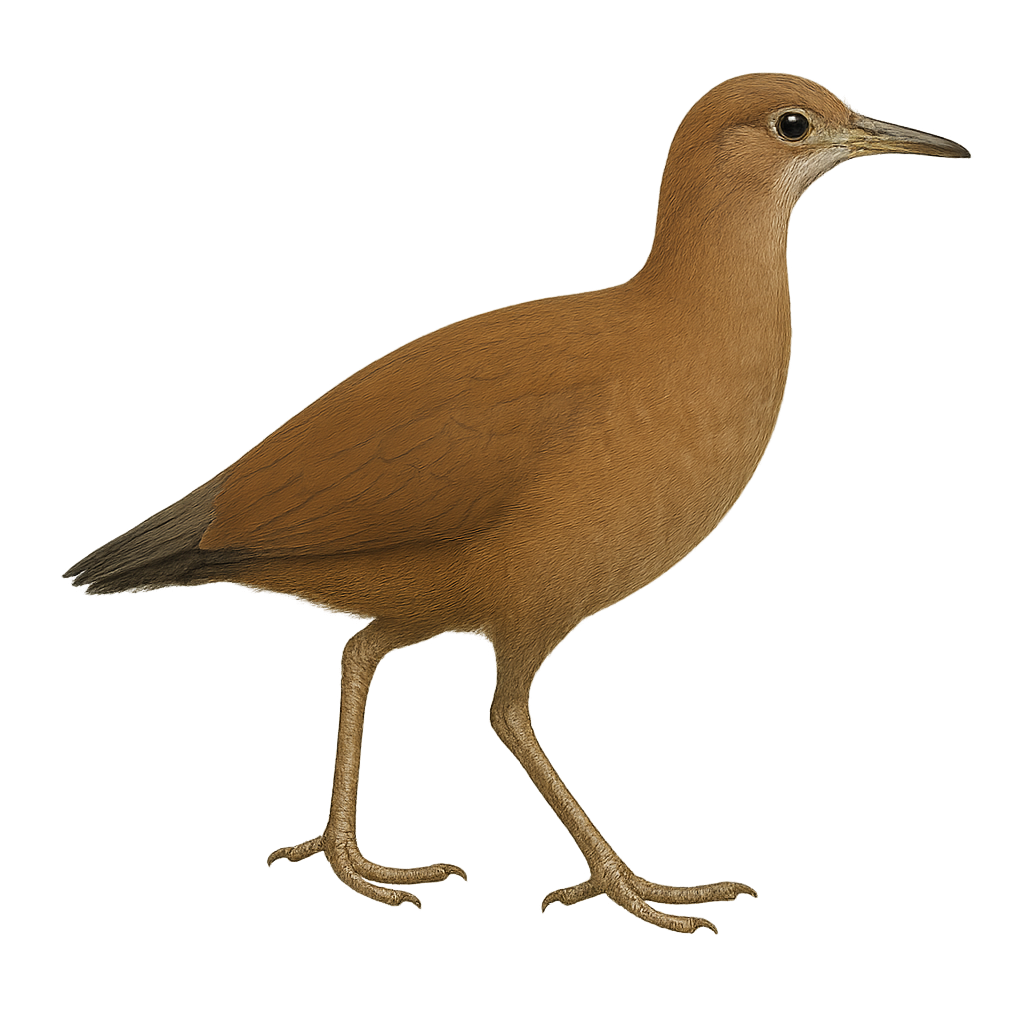Your wildlife photography guide.
Explore the brown mesite in detail, study its behavior, prepare your shots.
Where to observe and photograph the brown mesite in the wild
Learn where and when to spot the brown mesite in the wild, how to identify the species based on distinctive features, and what natural environments it inhabits. The WildlifePhotographer app offers tailored photography tips that reflect the brown mesite’s behavior, helping you capture better wildlife images. Explore the full species profile for key information including description, habitat, active periods, and approach techniques.
Brown Mesite
Scientific name: Mesitornis unicolor

IUCN Status: Vulnerable
Family: MESITORNITHIDAE
Group: Birds
Sensitivity to human approach: Suspicious
Minimum approach distance: 10 m
Courtship display: November to December
Incubation: 18-20 jours
Hatchings: November to January
Habitat:
Tropical rainforests, dense undergrowth
Activity period :
Primarily active during the day, with peak activity in the morning and late afternoon.
Identification and description:
The Brown Mesite is an endemic bird of Madagascar, belonging to the Mesitornithidae family. This small terrestrial bird is recognizable by its uniform brown plumage, which allows it to blend into its natural habitat. It measures about 30 cm in length and has strong legs adapted for walking. The Brown Mesite is primarily insectivorous, feeding on insects and small invertebrates found by foraging on the forest floor. It is often seen in small family groups. This bird is threatened by deforestation and habitat fragmentation, leading to a decline in its population. It is currently classified as vulnerable by the IUCN.
Recommended lens:
400 mm – adjust based on distance, desired framing (portrait or habitat), and approach conditions.
Photography tips:
To photograph the Brown Mesite, it is advisable to use a telephoto lens of at least 400mm to capture detailed images without disturbing the bird. Since this bird is suspicious, it is important to maintain a safe distance of about 10 meters. Look for areas of dense undergrowth where it is likely to forage. Be patient and wait for it to move into a more open area for a better view. Use a tripod to stabilize your camera and adjust settings for low light conditions under the canopy.
The WildlifePhotographer App is coming soon!
Be the first to explore the best nature spots, track rutting seasons, log your observations, and observe more wildlife.
Already 1 432 wildlife lovers subscribed worldwide

